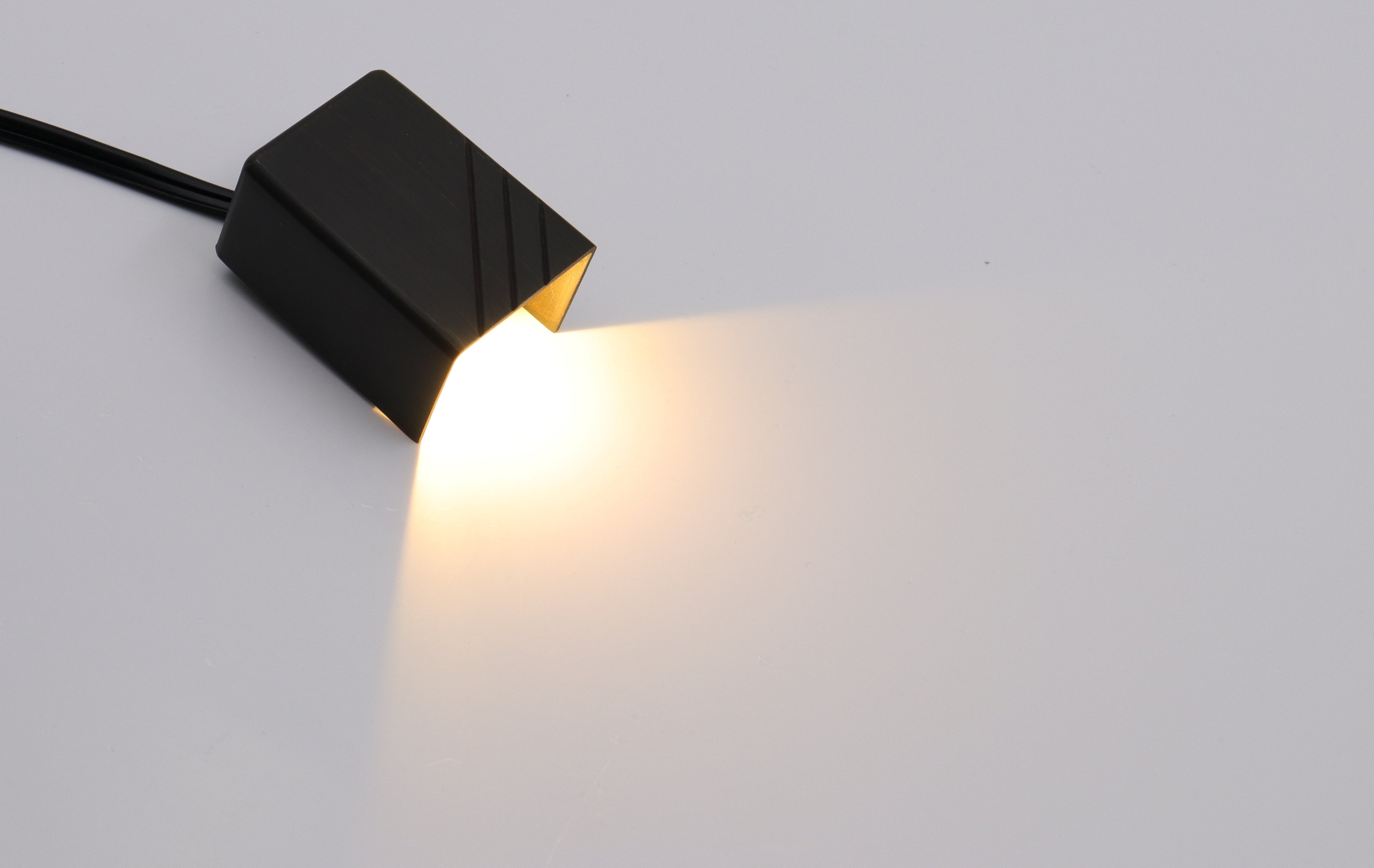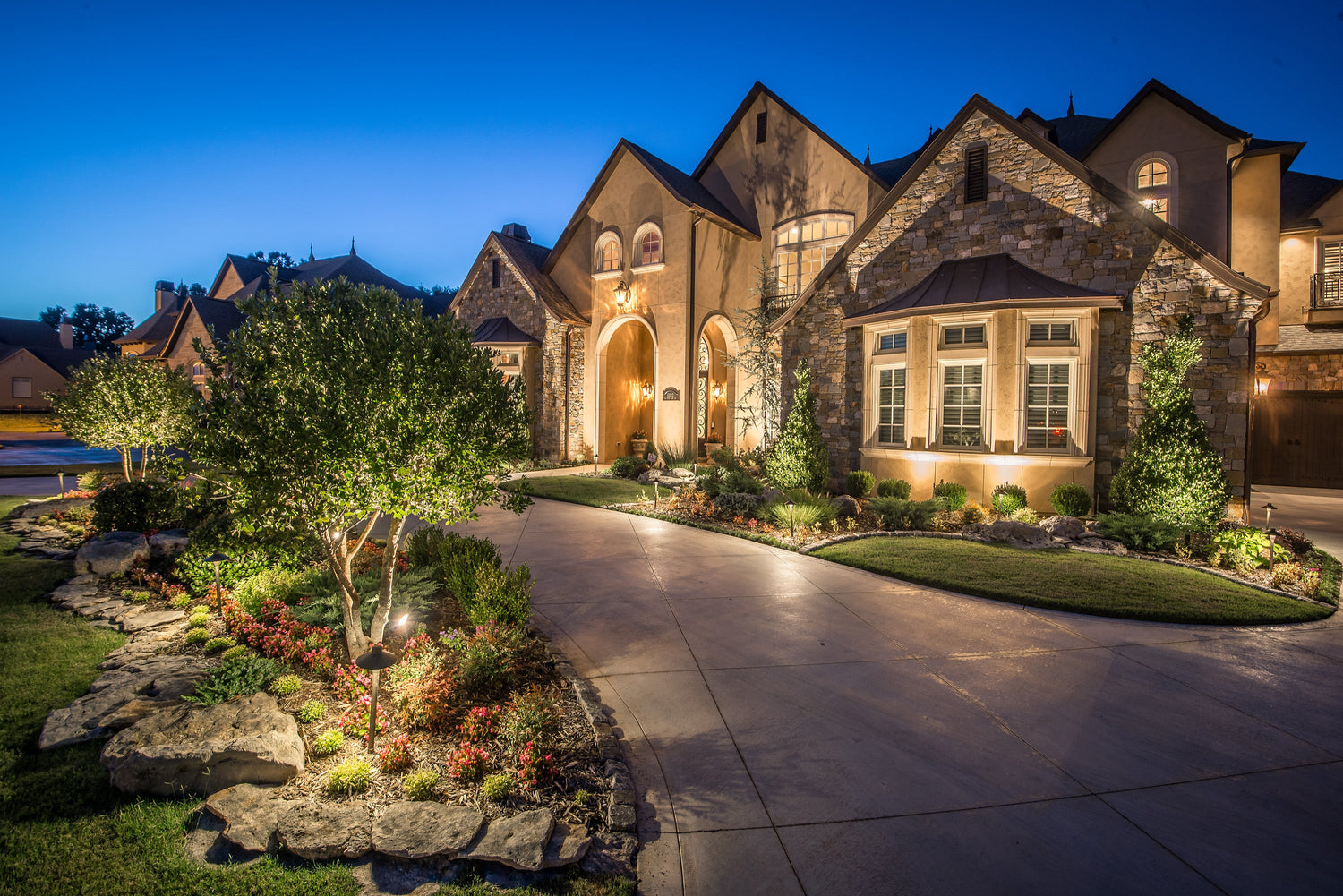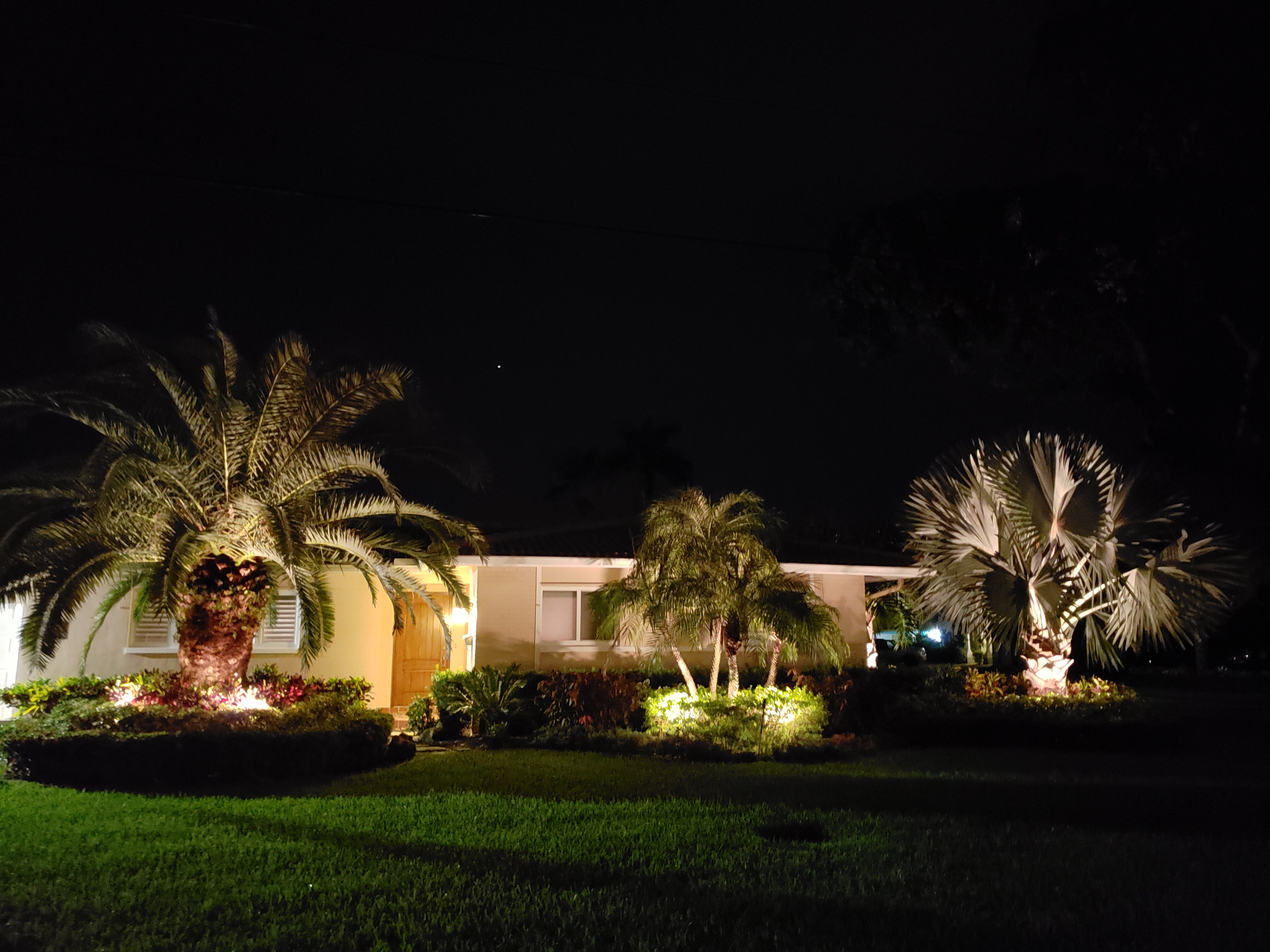Quick Answer: For security and safety, experts recommend 25–60W traditional bulbs or 4–8W LEDs to provide adequate brightness of around 3,000 lumens. For accent and landscape lighting, a subtle glow can be achieved with 3–5W LEDs. The best approach is to use the minimum wattage required for sufficient illumination while prioritizing energy-efficient and dark sky-compliant fixtures to save energy and minimize environmental impact. Thoughtful lighting design considers both practical needs and creative ambiance for a sustainable outdoor space.
Introduction
Outdoor spaces fulfill many purposes, from providing security to highlighting architectural details. With countless lighting options available, choosing the optimal setup is multifaceted. Bulb types, fixture styles, and wattages each impact visibility, ambiance, and efficiency. Determining the best wattage for your unique needs requires carefully weighing key factors like brightness, energy use, and environmental impact.
Understanding Wattage and Lumens
To make an informed lighting decision, you must first understand the terminology. Wattage indicates the power consumption of a bulb, while lumens measure the actual light output. Traditionally, higher-wattage bulbs produce more lumens. However, with light-emitting diode (LED) technology, that correlation is shifting. LEDs utilize significantly less wattage than incandescent or halogen bulbs to achieve the same brightness.
Consider both wattage and expected lumens when selecting bulbs. As outlined in comprehensive guide, lumens directly measure the brightness of a light source, unlike watts which indicate energy consumption. Choose the minimum wattage needed for sufficient illumination to maximize efficiency. Evaluate usage patterns and objectives to strike the ideal balance for each application.
Security: Illuminating Hazards and Entry Points
For high-traffic outdoor areas, ample lighting enhances safety and deters crime. To properly secure property perimeters and entrances, experts recommend at least 3,000 lumens. Standard bulbs require 25–60 watts to emit this level of brightness. Comparable LEDs only consume 4–8 watts, projecting more light per watt.
Position floodlights to eliminate dark corners and hazards like stairs or low obstacles. For entryways, a bright overhead light allows residents to clearly see visitors before opening doors. However, avoid excessive wattage that creates glare and shadows which can also compromise safety.
Strategically placed lighting supplemented with reflective surfaces can achieve sufficient coverage without wasting energy on superfluous brightness.

Accent Lighting: Focusing on Architectural and Landscape Features
Beyond security, creative lighting can transform outdoor areas into appealing nighttime spaces. Uplighting specific trees or façade details adds dramatic ambiance without much wattage. Subtle 3–5 watt LEDs generate a gentle glow to accentuate textures and dimensions. Down-lighting and silhouetting also showcase interesting shapes and surfaces.
Rather than dispersing light evenly, thoughtfully angle fixtures to spotlight and sculpt interesting elements. Employ lower wattages to avoid wash-out effects and harsh glare. Position path lighting low to direct illumination precisely where needed and to avoid light pollution.

Seeking Efficient and Responsible Fixtures
When installing or replacing outdoor lighting, prioritize energy-efficient and environmentally responsible options. The Department of Energy estimates LEDs reduce associated energy expenditures by 75% compared to traditional bulbs. Though initial costs are higher, LEDs last over a decade and offer a return on investment. Prioritizing the selection of the right LED bulbs is essential for creating an outdoor lighting setup that is both cost-effective and environmentally sustainable.
Excessive lighting severely disrupts ecosystems. Sensitive wildlife and plants require natural dark cycles. To prevent these impacts, choose International Dark-Sky Association-approved fixtures that shield and direct light downward. Carefully tailored illumination improves ambiance without wasting energy or disturbing natural habitats.
Final Words
Specifying the optimal outdoor lighting wattage requires blending science and creativity. Scrutinize usage and safety considerations to determine the minimum illumination needs. Then utilize lower wattages and thoughtful placement to provide dramatic accents reflecting your unique aesthetic. Keep energy efficiency and environmental responsibility in mind throughout the process. For a detailed breakdown of the costs associated with LED landscape lighting and how to optimize your budget, refer to LED Landscape Lighting Cost Guide.
The most successful designs fuse practicality and artistry to sustainably transform your outdoor area.






Leave a comment
All comments are moderated before being published.
This site is protected by hCaptcha and the hCaptcha Privacy Policy and Terms of Service apply.